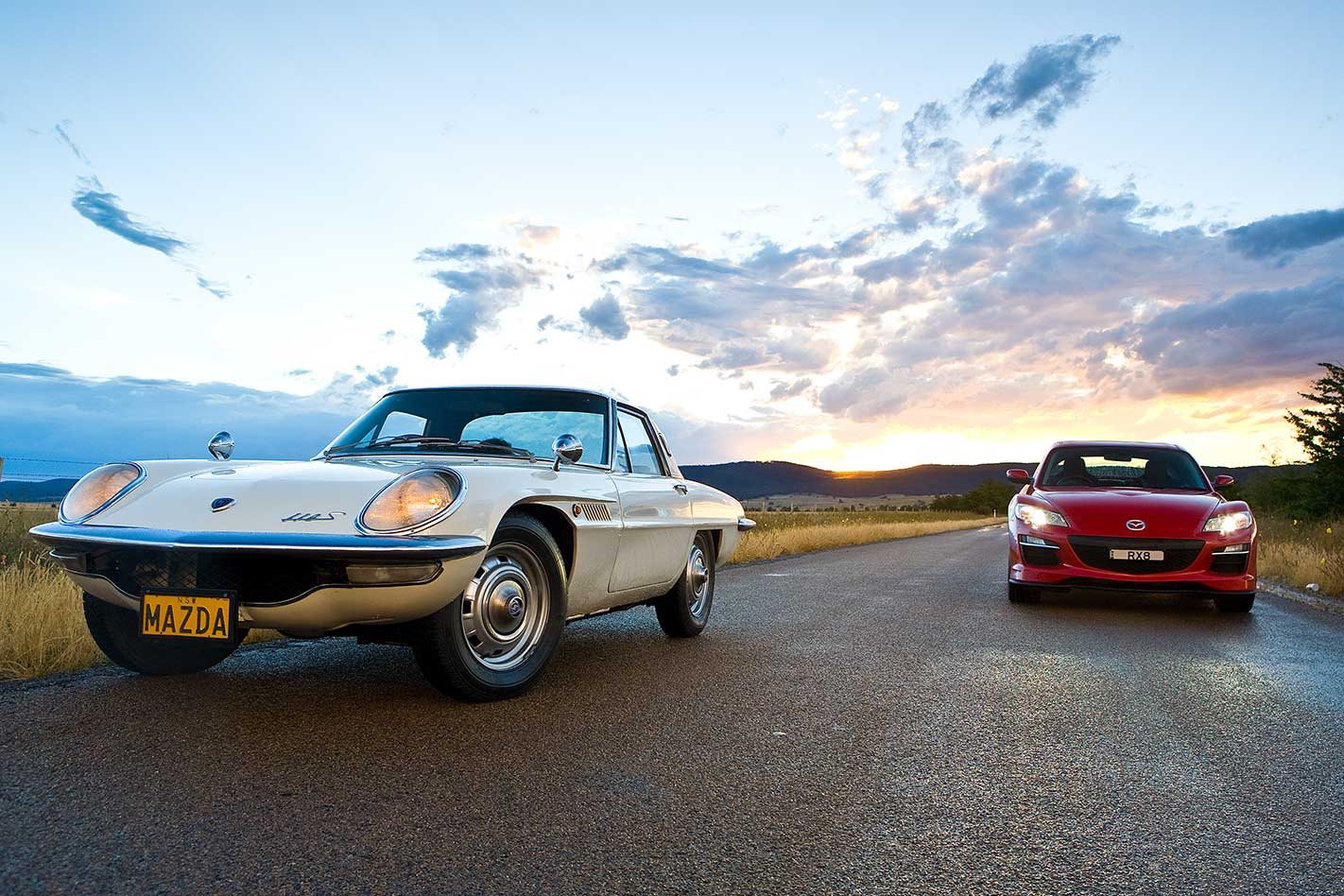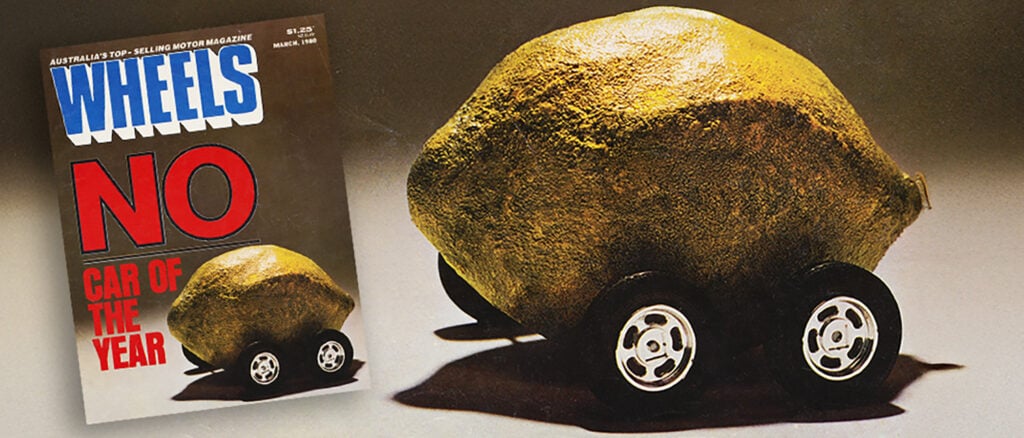The ‘Swingin’ Sixties’ would’ve been a hell of a time. The mini skirt, The ’Stones, acid tripping, sun tanning, cigarette smoking, Hendrix, no country-road speed limits, no seatbelts, no pollution gear, cheap cars and cheap petrol.
This feature was first published in MOTOR magazine’s February 2009 issue.
As those who experienced it can attest, it was a never-to-be-repeated era of freedom – one that saw a revolution, so to speak, in the internal combustion engine and the introduction en-masse of foreign automotive brands to Australia. It’s interesting, then, that Mazda played such a large part in all of that.
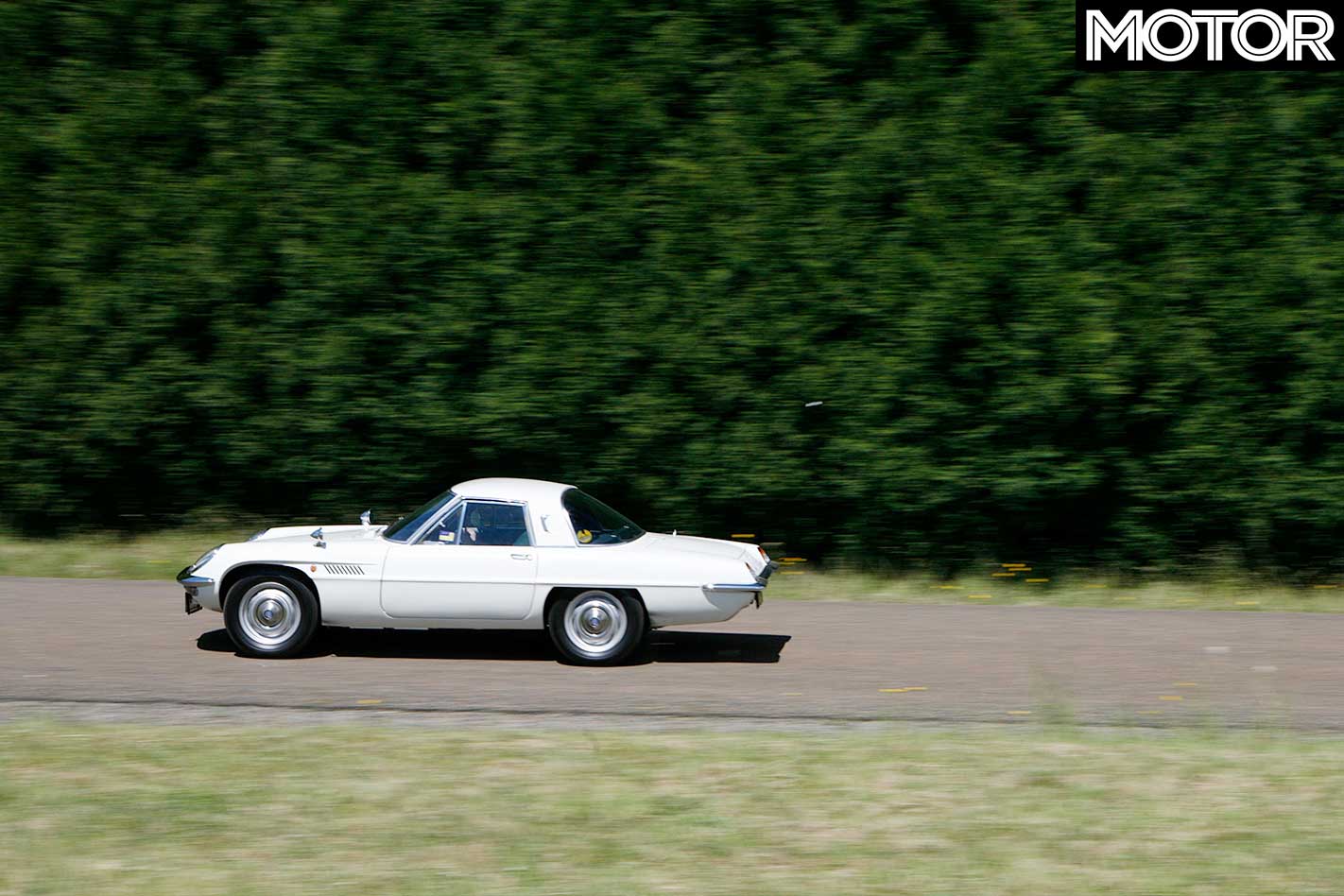
By 1964, Mazda had a prototype two-rotor sports coupe ready for display at the Tokyo Motor Show. And on May 30, 1967, the Cosmo 110S was born.
Fast-forward to 2009 – 40 years after the introduction of rotary power to the Australian market. NSU is long-gone, a victim of its own rushed development of the Wankel engine in the Ro80 sedan, and every manufacturer that also showed interest (GM, Mercedes-Benz, Citroen) aborted the idea long ago, leaving just one player – Mazda.
The Cosmo was never exported here, but it did make an appearance on Mazda’s stand at the 1969 Melbourne Motor Show, pre-empting the launch of its first official Aussie rotary, the R100 coupe, in July of that year. But in order to celebrate four decades of Mazda rotary power in Oz, we need to start with the first, a proper sports car – not a basic econobox with a rotary donk like the R100 – and then compare it with the latest, an RX-8 GT.
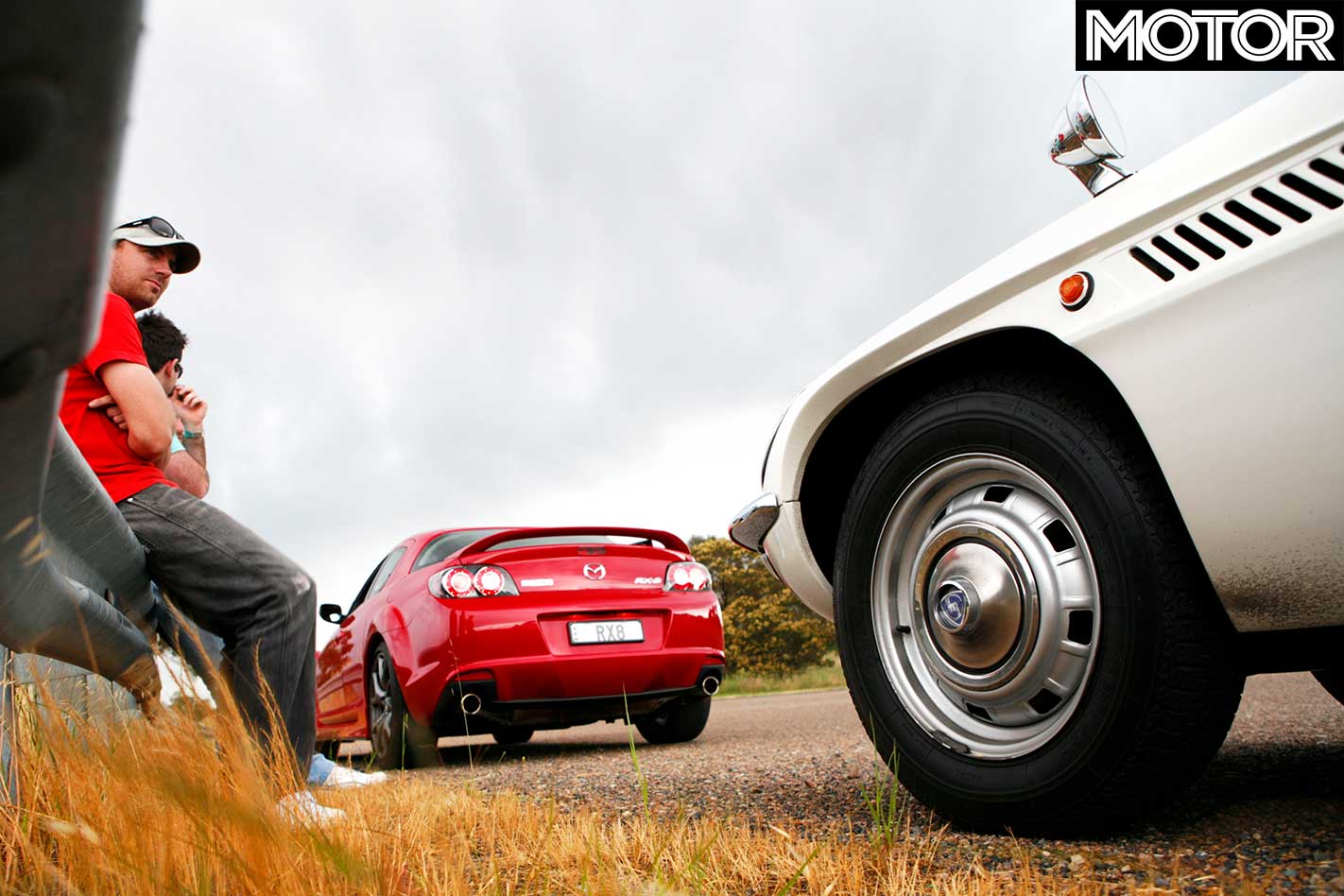
The Cosmo in question has been owned by Mazda Oz since the late-’80s and is the sole item of glamour in its soulless NSW foyer. It’s one of just 343 Series I Cosmos built before July 1968, when Mazda stretched the wheelbase 150mm, added another gear, and boosted power to create the Series II, and just 1519 Cosmos produced in total before its demise in September ’72.
And what a surprising, amazing car. A thorough inspection of the Cosmo before we take-off reveals some genuinely high-end stuff for 1967, like a reach-adjustable steering column, a power aerial, a two-mode horn (via a dash toggle – up for ‘country’, down for ‘city’), flow-through ventilation (via a knurled dial with a rotor-shaped opening on each B-pillar), a dash-mounted ‘eyeball’ map light, and a felt-lined glovebox.
In the RX-8, the glovebox is un-lined and the wheel still only adjusts in one plane (vertically). But the real eye-opener lies under the Cosmo’s bonnet – front-mounted rack and pinion steering, currently state-of-the-art.
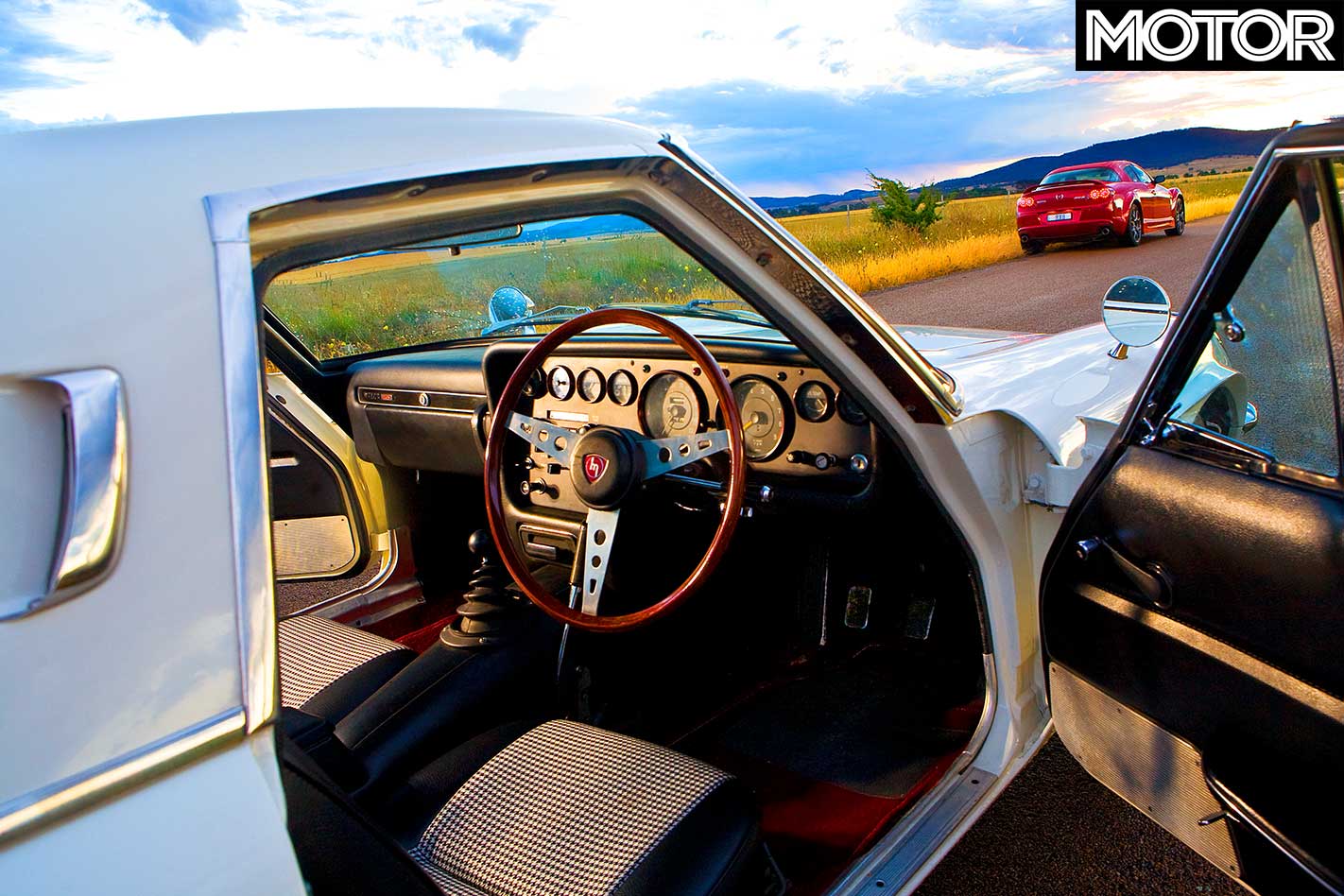
Exiting the carpark proves as much – the Cosmo’s steering is light and crisp, with a scant three turns lock-to-lock spanning a tight 9.8m turning circle. It’s wheel is a traditional flat-faced, wood-rimmed, alloy-spoked affair, adjusted in and out via a wonderfully substantial, finger-grooved aluminium dial beneath the steering column, and it looks appropriately Italian-esque.
But like several British sports cars of the era, the right side of the Cosmo’s steering wheel is curiously tilted towards the dash, meaning you don’t quite sit straight-on when facing ahead. It’s the only real ergonomic flaw in an interior chockers with quirky detail.
Vision through the spindly steering wheel to the large Denso intruments is expansive, as is the view forward over the typically low cowl the Cosmo shares with its RX-8 relative, and all the controls are marked in an idiot-proof fashion – namely ‘L’ (lights), ‘C’ (choke), and ‘CL’ (cigar lighter, though this car features a later-model item with a lit-cigarette icon).
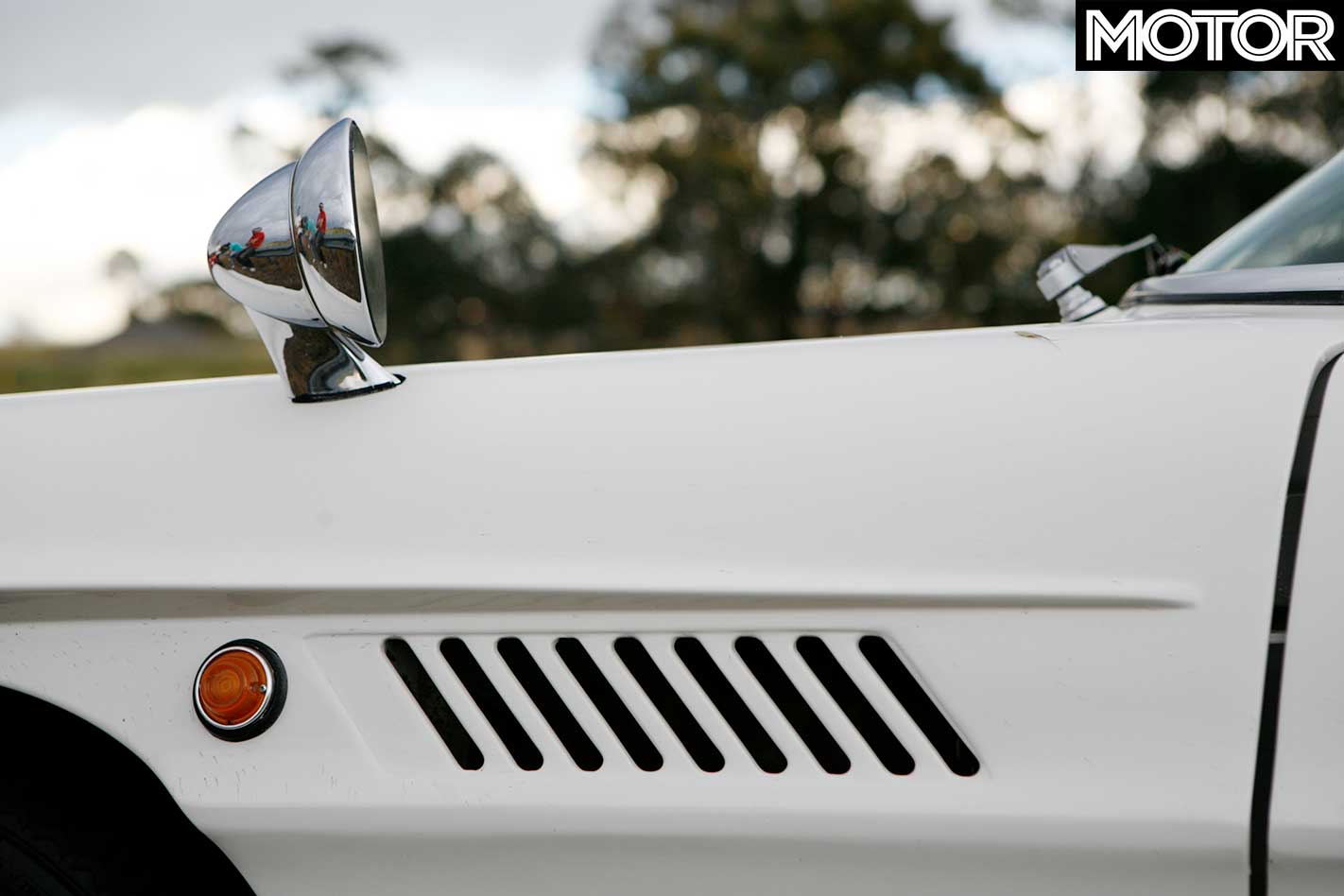
Even starting from rest, the metallic rasp from the rectangular exhaust outlet is to die for, and whenever the engine is under load below 3000rpm, it’s the dominating soundtrack.
At just 982cc total capacity, the Cosmo’s 10A rotary is the smallest ever offered by Mazda, yet the crispness of its throttle response and the sweetness and keenness of its rev-ability fail to betray its lack of size.
Maximum torque is a meagre 135Nm, but the point at where it swells (3500rpm) coincides with just over 110km/h in fourth gear, meaning the Cosmo is surprisingly effortless on the freeway providing you start feeding-in some throttle in advance of forthcoming gradients. As you did with old cars.
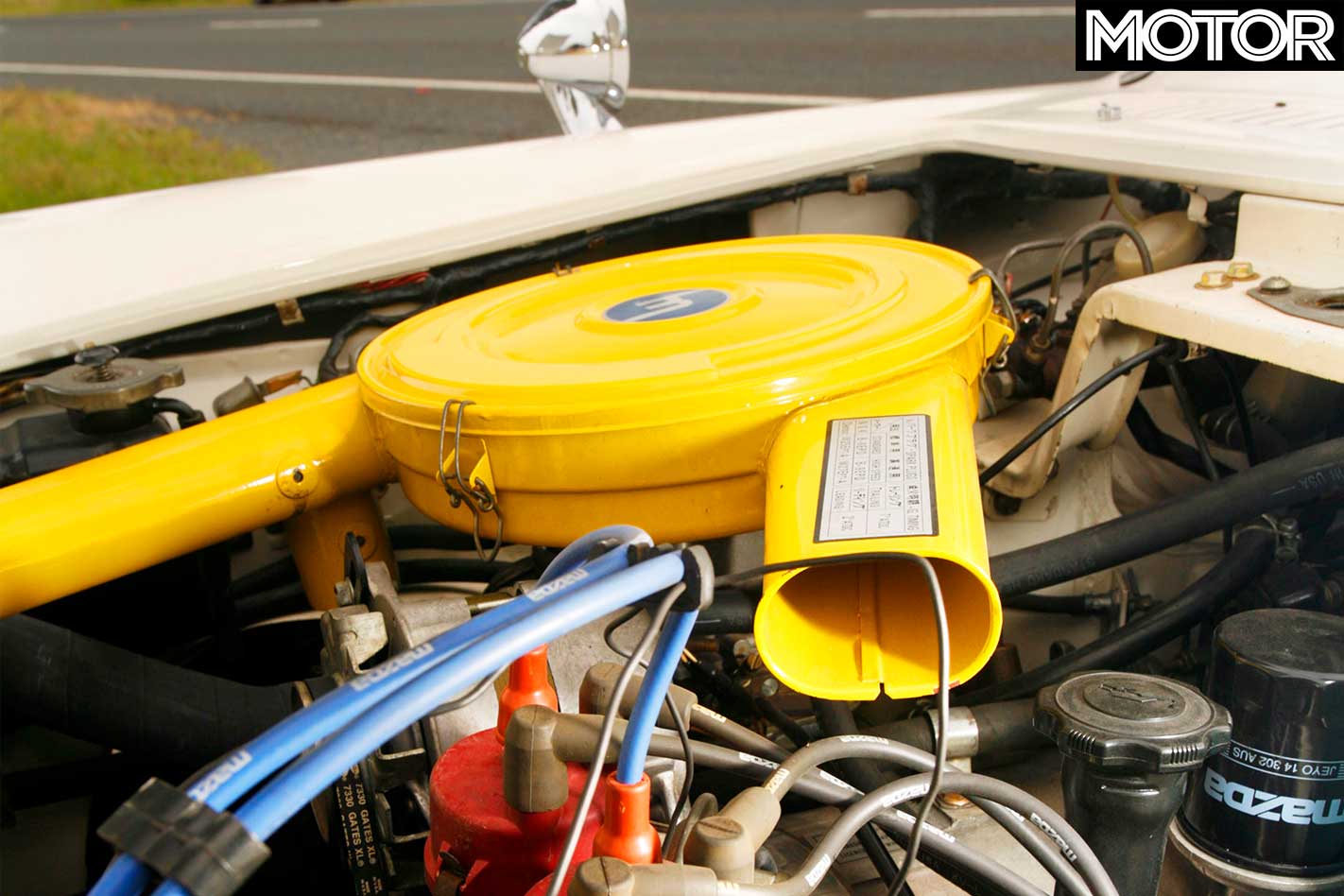
I decide that 6000rpm is a perfectly ample shift-up point, though only on the odd occasion, and become immersed in the Cosmo’s clean, keen, vibration-free shove, all backed by the most delicious naturally-aspirated rotary rasp I’ve heard in a very long time. Like the car’s it’s sitting in, Mazda’s first-generation rotary has as much character as the kinkiest Japanese cartoon.
Which brings us to its modern equivalent – the RX-8 GT. We pause at a Picton dunny-block in far south-western Sydney for a recoup, and after having warmed to the Cosmo’s charms over the previous 100km, it’s time for a contrast. And, flamin’ heck, what a difference!
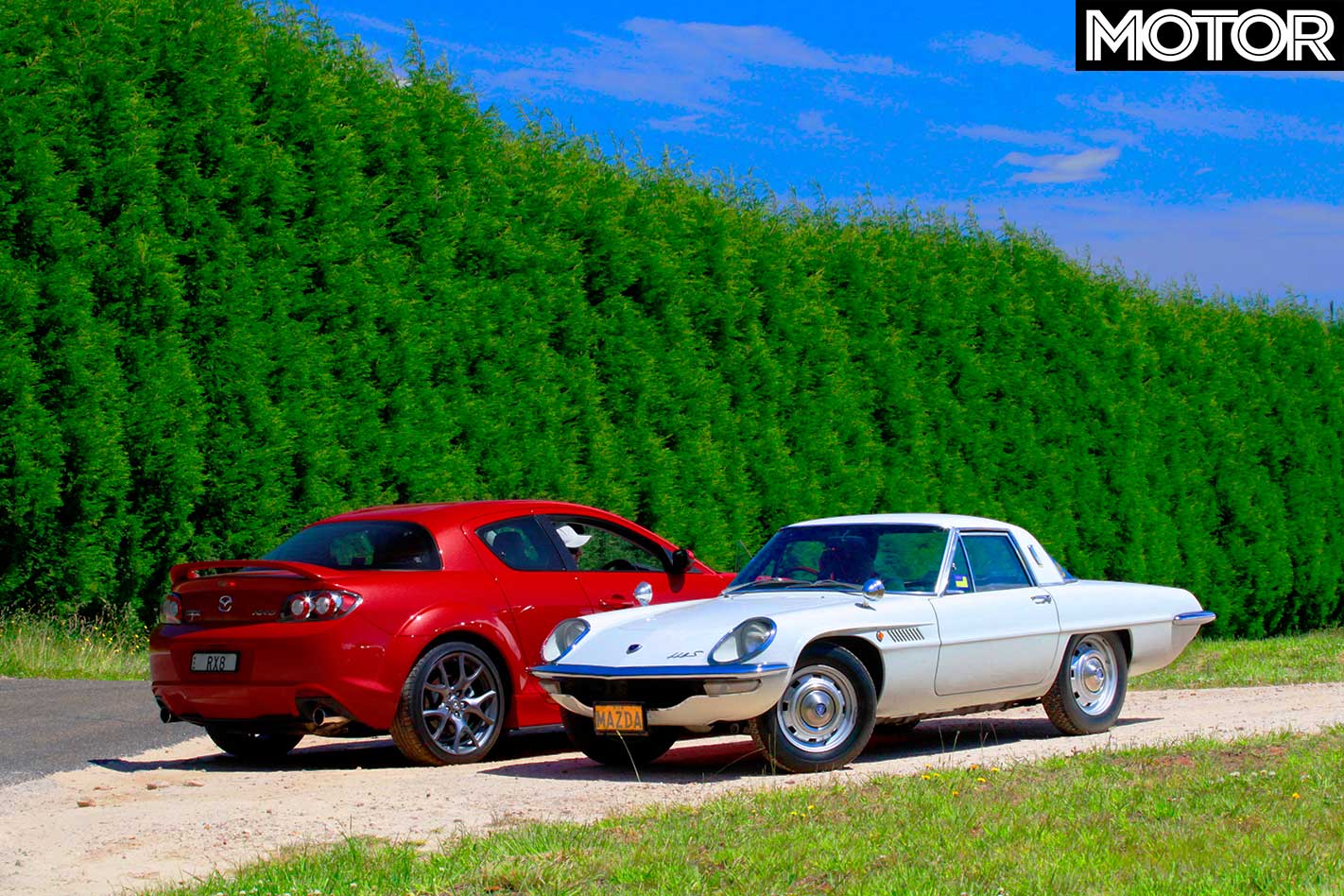
After the old-school feel of the Cosmo’s clutch, gearchange, and even its steering off centre, the weighting of the RX-8’s controls feels alien.
Clutch movement is short and light, meaning little in the way of feedback, but depress the clutch correctly (early and quickly to the floor) and the RX-8’s six-speed ’box feels so slick, it might as well be shifting through air compared to the Cosmo’s very mechanical four-speed.
Steering is light, too, and the rotary’s tuneful single-pitch wail only sounds purposeful when the 13B Renesis is spinning beyond 5000rpm. The rest of the time, it’s sound-deadened and legislated into the background, which is disappointing after the Cosmo’s 10A has just demonstrated how lusty a naked rotary sounds.

Stooping back into the low-slung Cosmo, you’re reminded that this is indeed a real sports car. The pedals (with removable alloy covers dotted with small rubber pads) are perfectly aligned to the driver’s minimalist, chequered-cloth-centred bucket, and there’s even a left footrest, though the accelerator sits much lower than the brake, to the detriment of any heel-and-toe fantasies.
Admittedly, the Cosmo’s steering does feel fairly numb at dead ahead, which could potentially be attributed to its super-high-profile 165SR15 Michelins, but there’s very little play, and pretty much any steering input is rewarded with crisp response from its front end. And thanks to slightly rear-biased weight distribution (aided by mounting the fuel tank on top of the rear axle), even pizza-cutter tyres can’t slow the Cosmo when it’s hard up a set of corners.
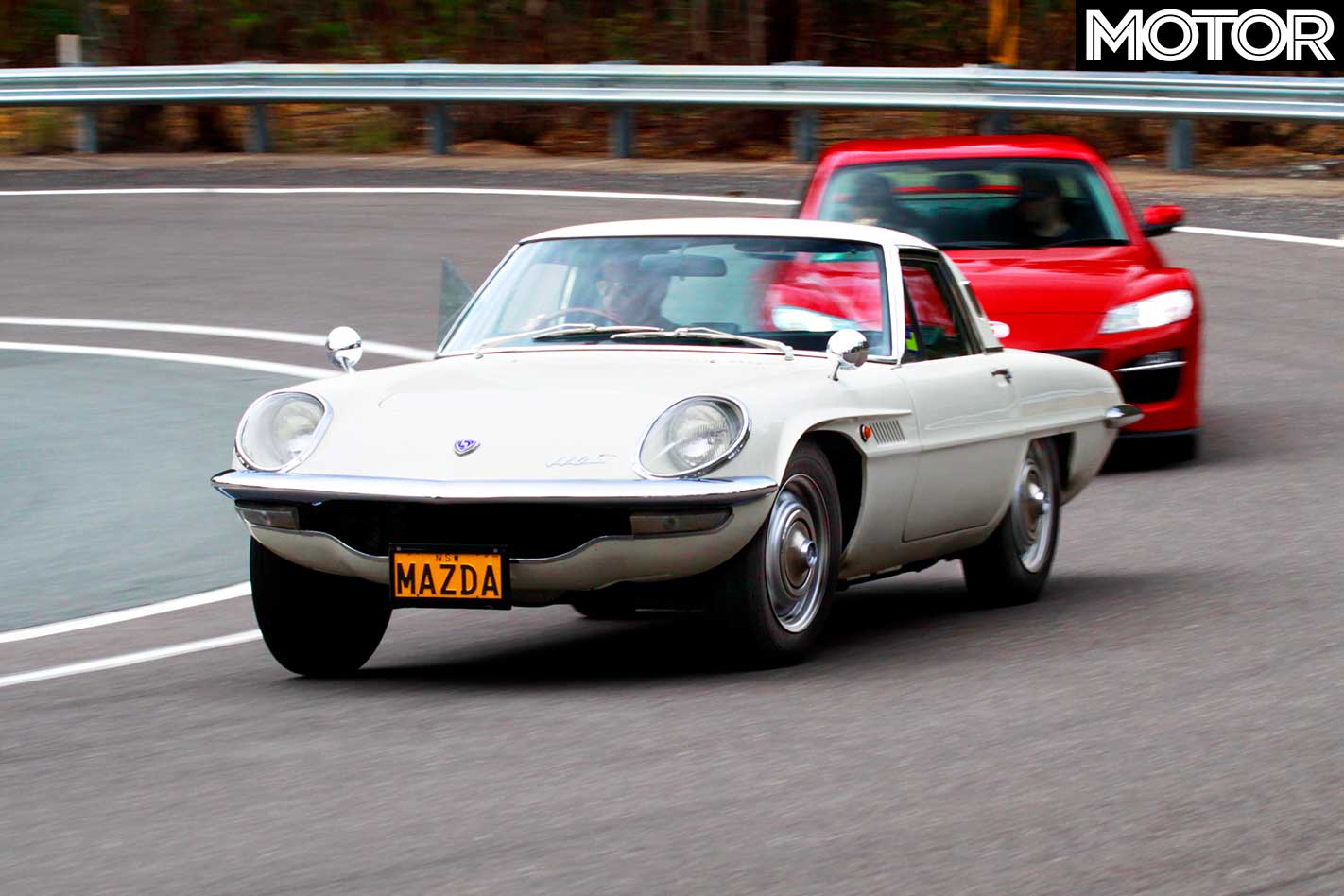
It’ll even produce oversteer into a hairpin if you provoke it (via a solid trail brake) and it will hold that attitude if you stay hard on the loud pedal in second gear. But it’s the effortless flow and tippy-toes adjustability of the Cosmo’s handling in faster corners – and the sensation of lithe agility that its athletic 940kg kerb weight promotes – that make it such a crack-up to drive. Even on a racetrack, would you believe…
The pointer to all this unexpected dynamic ability is the Cosmo’s rather unusual suspension set-up. Backing up its advanced steering gear is what appears to be a double-wishbone-type front end, using large lower A-arms, and rather more delicate A-shaped upper links to locate the coil-over-shock telescopic damper and spring units.
At the back is a de Dion axle, that links the wheels solidly via a tube to maintain camber (like a live-axle), but mounts the differential to the body (like an independent rear) to reduce unsprung mass, thereby mixing benefits of both.

If we had to find fault somewhere, it would be the bobbing of the Cosmo’s long tail over undulating surfaces, and the mildly detrimental effect this has on composure if it cops a series of dips mid-corner. It doesn’t buck or jump, and absorbs most hits, but things can get a bit busy. Like any old car, the Cosmo isn’t immune to making you work.
So is there anything to be learnt by driving a 1967 car, followed by its 2008 successor? Bloody oath there is.
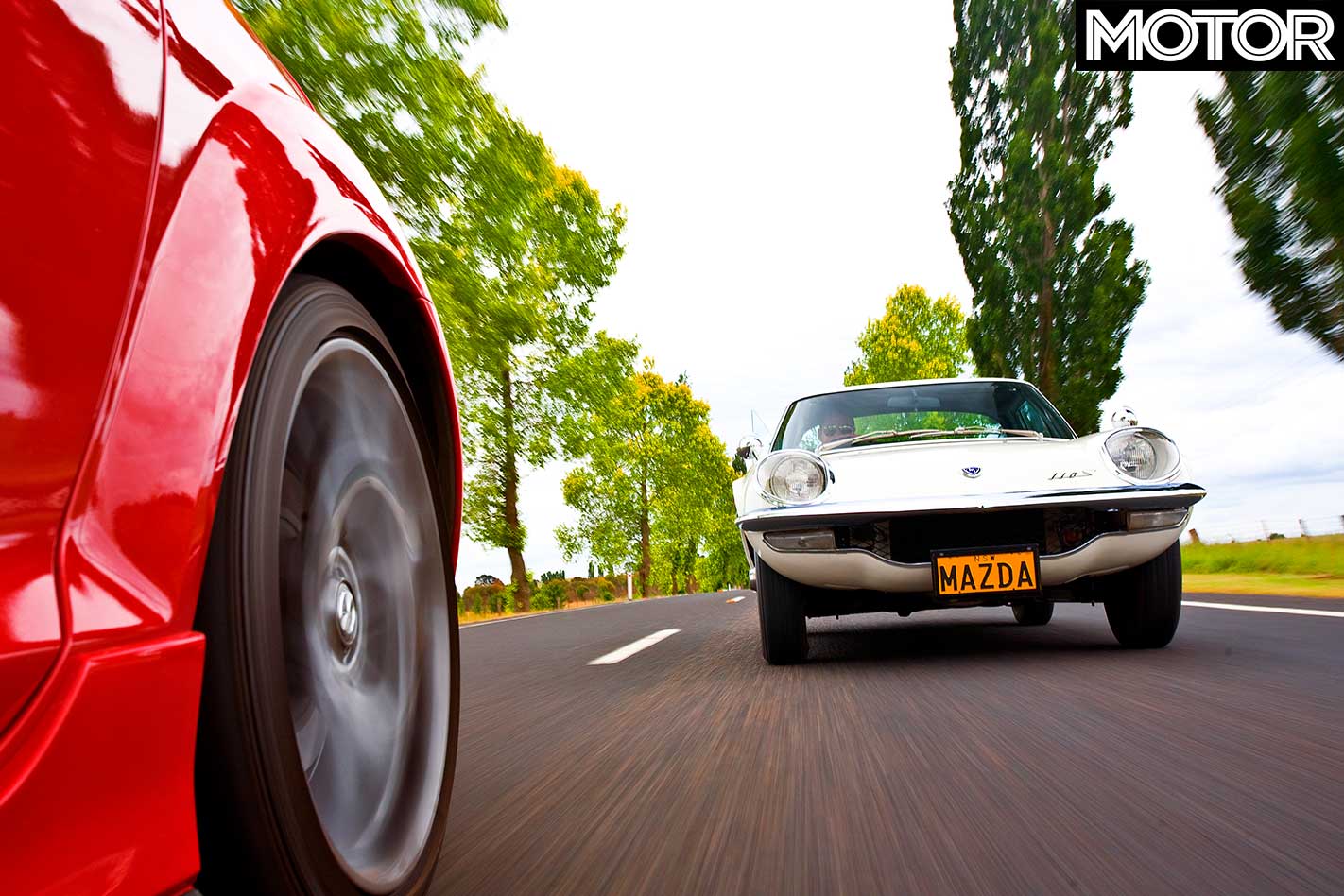
The RX-8 has all the elements that constitute a fine sports car – sweetness, balance, athleticism – but in being a two-plus-two-door coupe that comfortably seats four, it’s trying to please too many people to be a pure sports machine. And it weighs too much. Even at a respectable 1379kg, the RX-8 is overburdening its engine, and the perky little Renesis 13B rotary deserves to be free.
What the modern rotary engine really needs is a light, two-seater sports car to showcase it – in fact, a modern interpretation of the Cosmo 110S. Keep it under 1250kg, keep it perfectly balanced, and make it look hotter than hell and no one’s going to care whether it’s called RX-7 or not. But is that what the MX-5 is meant to be?
Either way, there’s definitely a rotary in Mazda’s future.
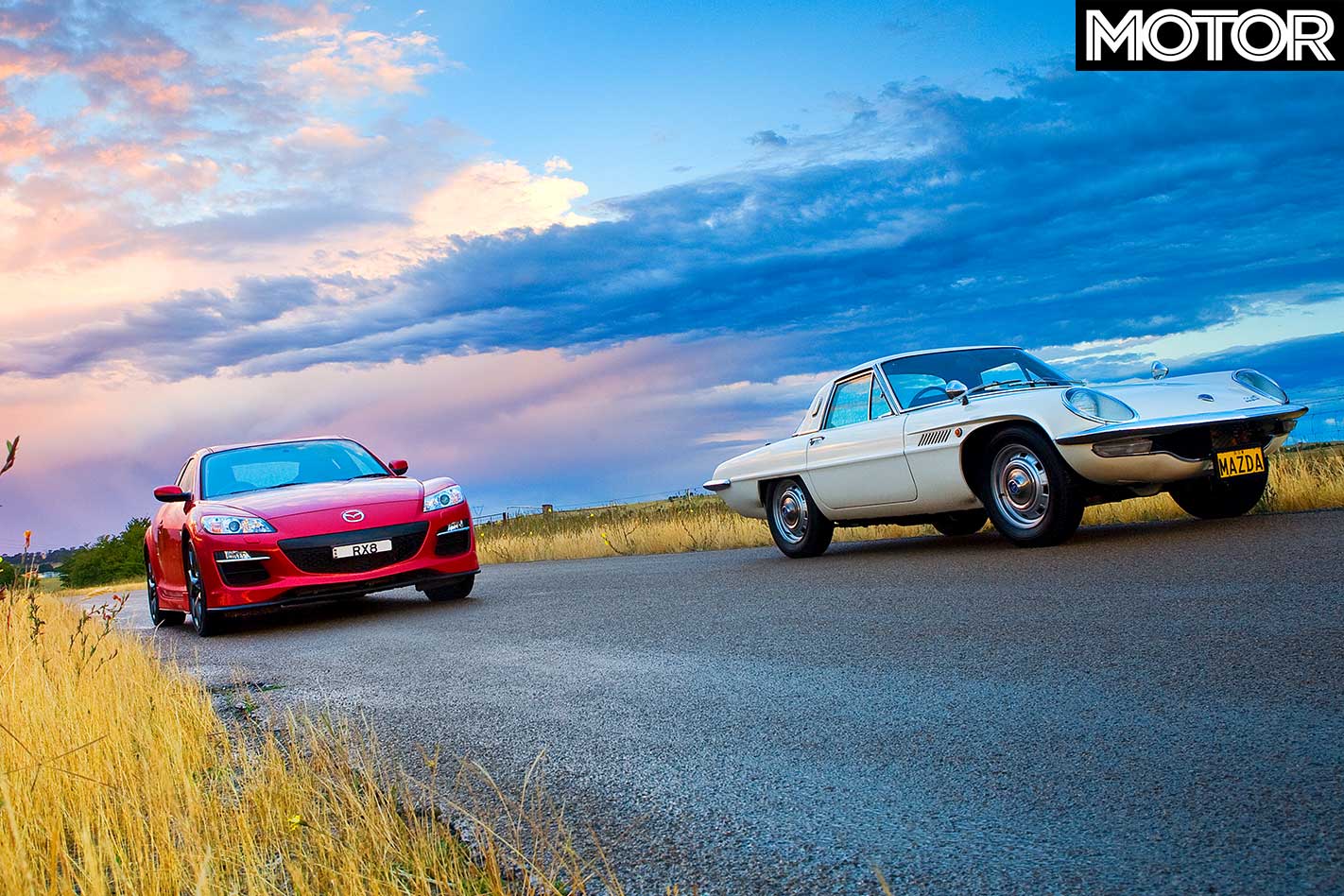
MAZDA’S Allan Horsley and Malcolm Gough bought this ’67 Cosmo in the 1980s, though restoration was only completed this decade. Everything has been kept as close to stock as possible, even the suspension tune, but the perspex headlight covers had to be hand-made, and the rear indicator lenses are simply sheets of old kitchen-cupboard glass with orange plastic glued to them.
The black-and-white cloth upholstery was found in a remnants shop and is not only identical to the original trim, but was the very last piece of material left. All 10A engine parts were still in stock at Mazda Japan, and the entire front suspension was found on Mazda Australia’s own database, just after it was computerised, at a dealer in far north Queensland!
Today, this Cosmo’s value exceeds $100,000, but its historical significance, and its greatness, make it priceless.
Mazda R130 Coupe
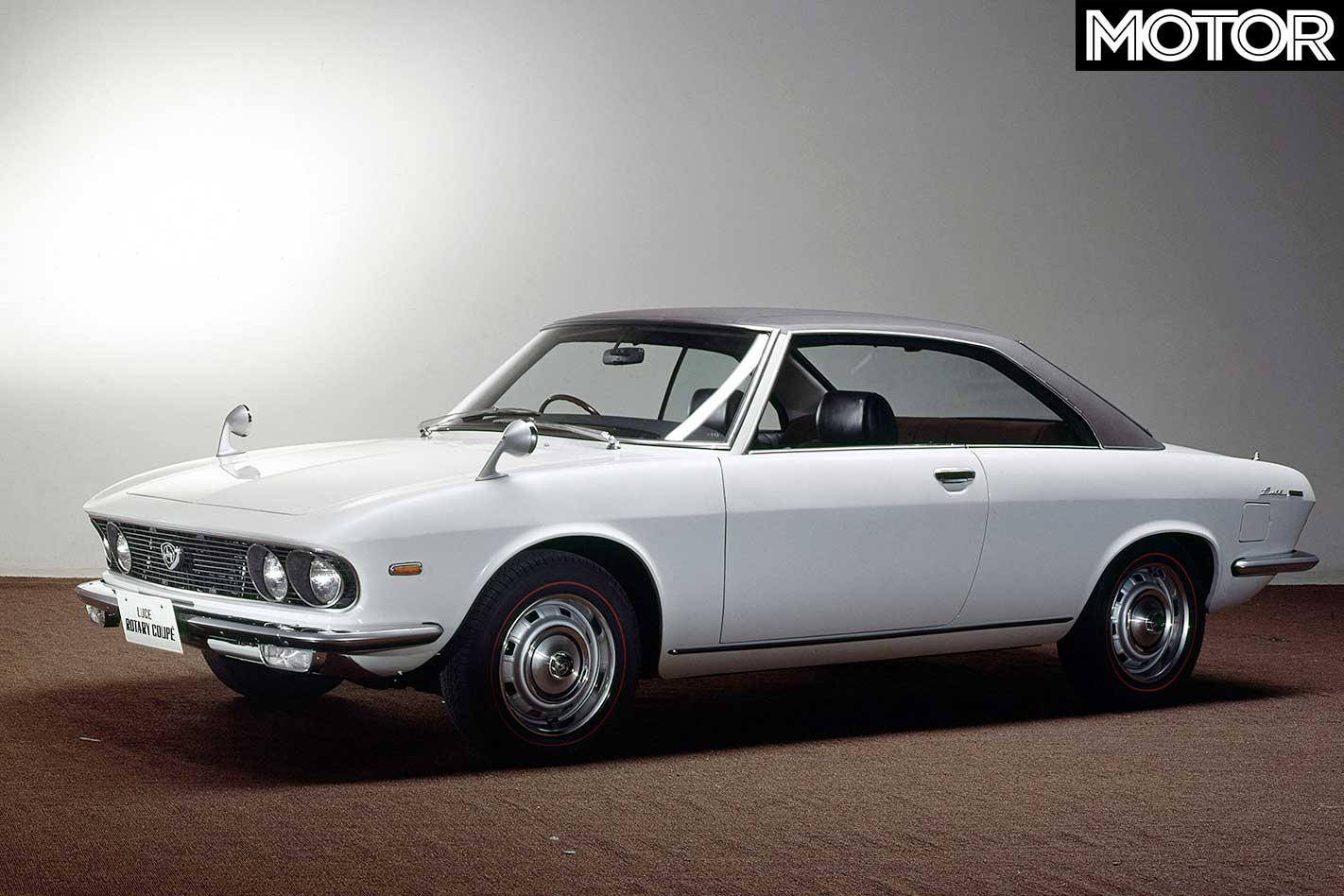
Less than 1000 were built before the RX-4 Hardtop replaced it, making the R130, along with the Series I Cosmo, one of the rarest Mazdas ever. With a 94kW 13A (1308cc) rotary and four-speed manual ’box, the R130 managed a 16.9sec quarter and could hit 193km/h.
Fast Facts
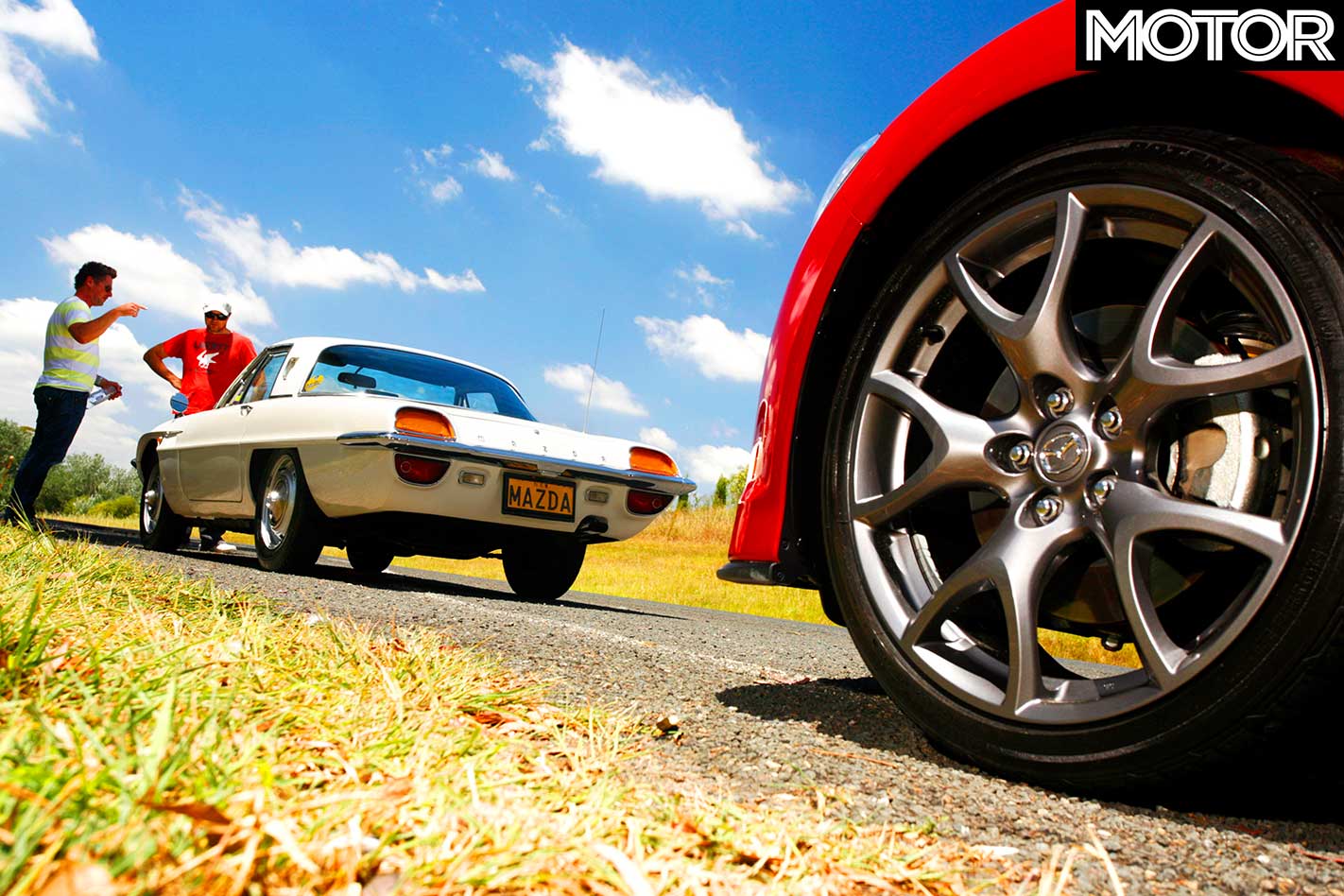
| u00a0 | 1967 Mazda Cosmo 110S | 2008 Mazda RX-8 GT |
| BODY | 2-door, 2-seat coupe | 2+2-door, 4-seat coupe |
| DRIVE | rear-wheel | rear-wheel |
| ENGINE | 982cc, in-line 2-rotor, side ports | 1308cc, in-line 2-rotor, side ports |
| MATERIAL | aluminium alloy | aluminium alloy |
| BORE/STROKE | N/A | N/A |
| COMPRESSION | 9.4:1 | 10.0:1 |
| POWER | 82kW @ 7000rpm | 170kW @ 8200rpm |
| TORQUE | 130Nm @ 3500rpm | 211Nm @ 4750rpm |
| WEIGHT | 940kg | 1379kg |
| POWER/WEIGHT | 87kW/tonne | 123kW/tonne |
| 0-100km/h | 8.7sec (claimed) | 6.4sec (claimed) |
| TOP SPEED | 185km/h (claimed) | 234km/h (claimed) |
| TRANSMISSION | 4-speed manual | 6-speed manual |
| GEAR RATIOS | 3.38/2.08/1.39/1.00 | 3.82/2.26/1.64/1.26/1.00/0.79 |
| FINAL DRIVE | 3.70 | 4.78 |
| SUSPENSION (f) | double A-arms, coil springs, anti-roll bar | double A-arms, coil springs, anti-roll bar |
| SUSPENSION (r) | de Dion axle, trailing arms, leaf springs | multi links, coil springs, anti-roll baru00a0 |
| L/W/H | 4140/1595/1165mm | 4470/1770/1340mm |
| WHEELBASE | 2200mm | 2700mm |
| TRACKS | 1250/1240mmu00a0(f/r) | 1505/1510mmu00a0(f/r) |
| STEERING | rack and pinion | electricu00a0rack and pinion |
| BRAKES (f) | 254mm solid discs,u00a0single-piston calipers | 323mm ventilated discs, single-piston calipers |
| BRAKES (r) | 200mm drums | 302mm ventilated discs, single-pistonu00a0calipers |
| DRIVER AID | N/A | ABS, EBD, DSC |
| WHEELS | 15 x 4.5-inch; steelu00a0(f/r) | 19 x 8.0-inch; alloy (f/r) |
| TYRE SIZES | 165SR15u00a0(f/r) | 225/40R19 89W (f/r) |
| TYRE | Michelin XZX | Bridgestone Potenza RE050A |
| FUEL/TANK | 98 octane/57 litres | 95 octane/65 litres |
| PRICE (in 2008) | $100,000 (est. 2008 value) | $57,625 (2008) |
| PROS | Itu2019s a real sports car, handling, steering, ride, exhaust rasp | Superb chassis balance, strong grip, sweet engine, innovation |
| CONS | Post-u201968 models look better, tiny boot, suspension bounce | Lacks Cosmou2019s wonderful character and singular focus |
| RATING | 9 out of 10 stars | 7.5 out of 10 stars |

